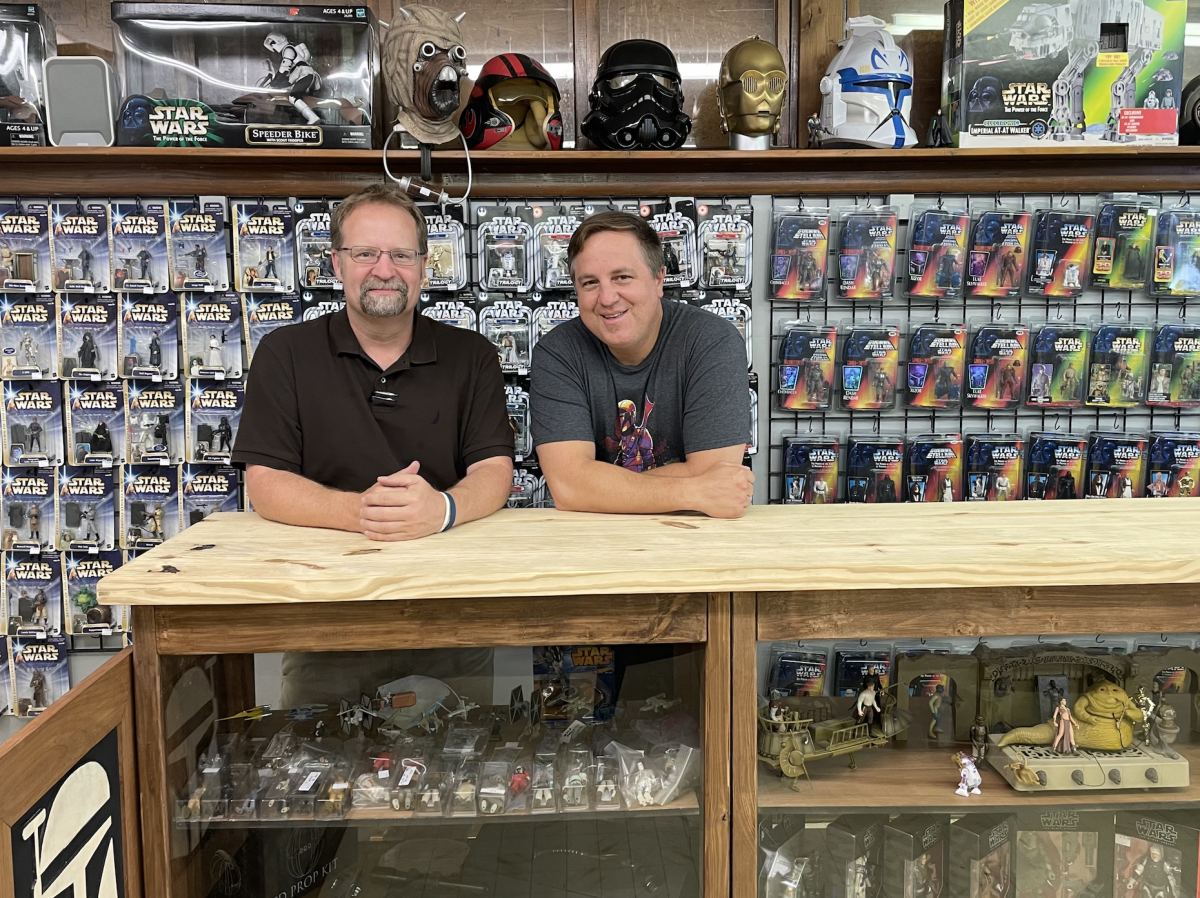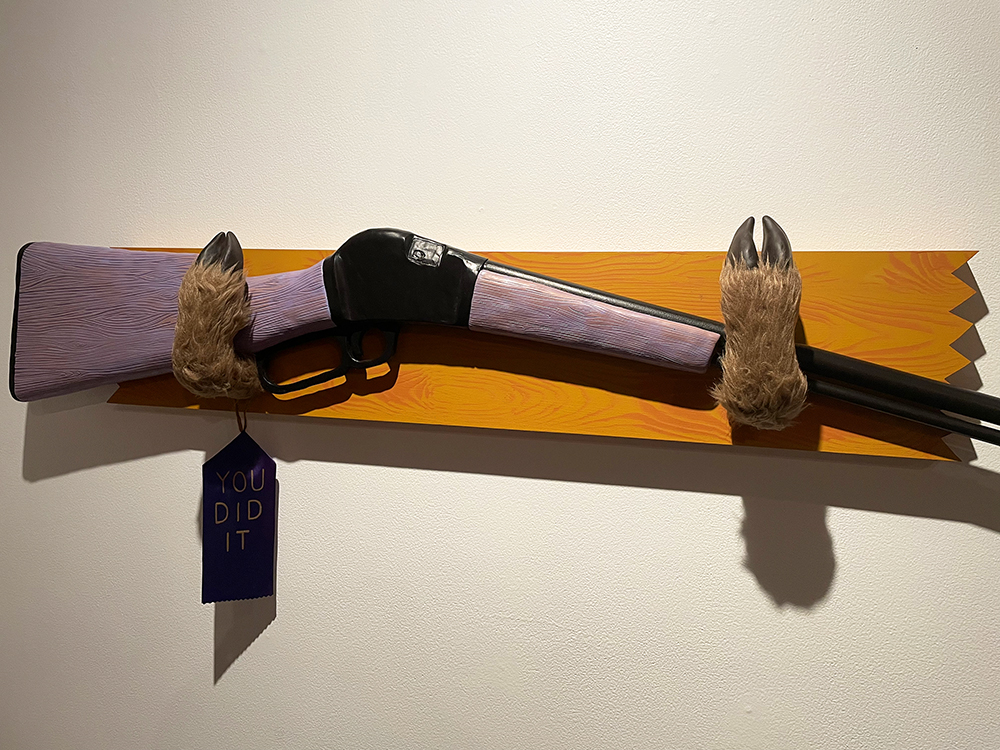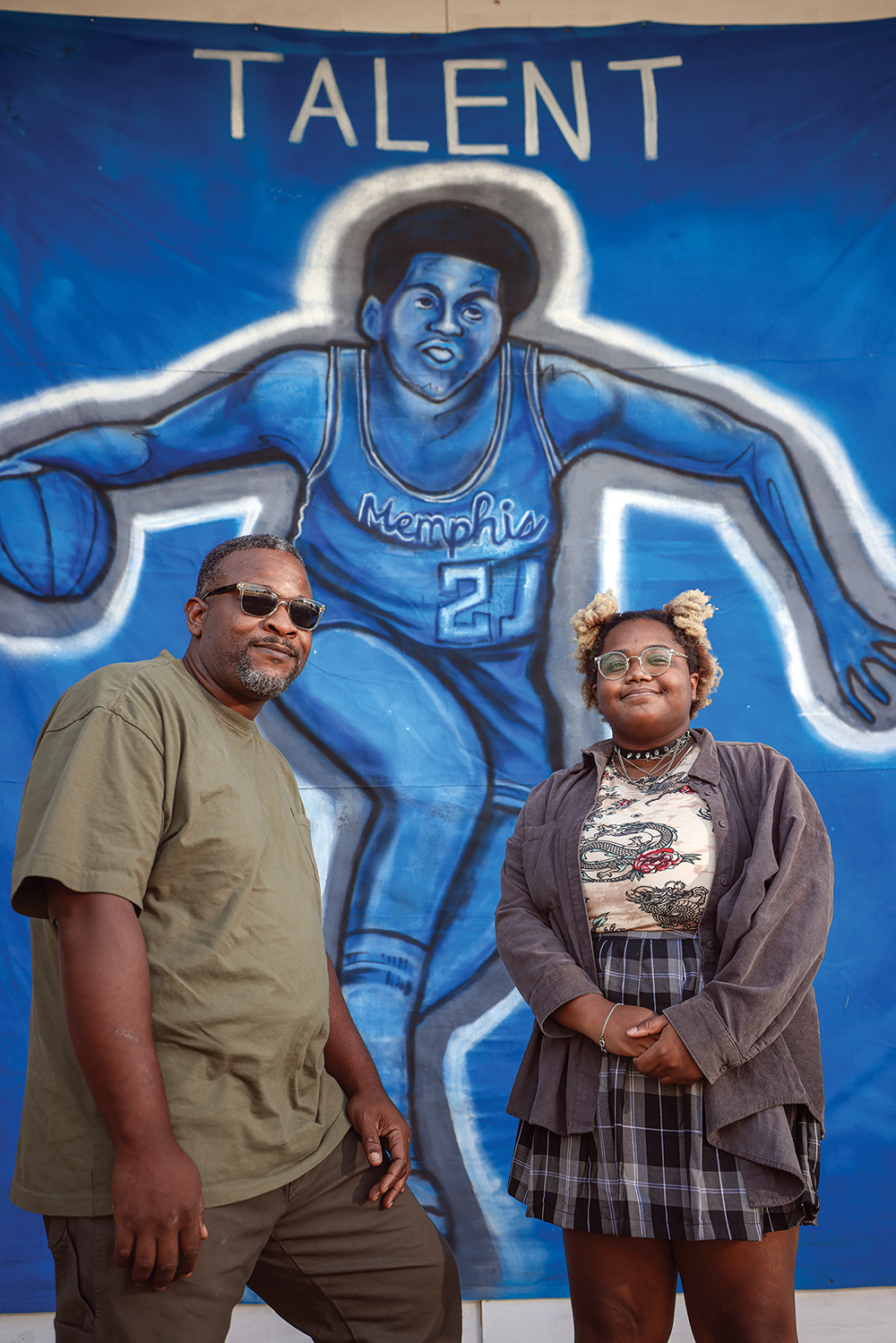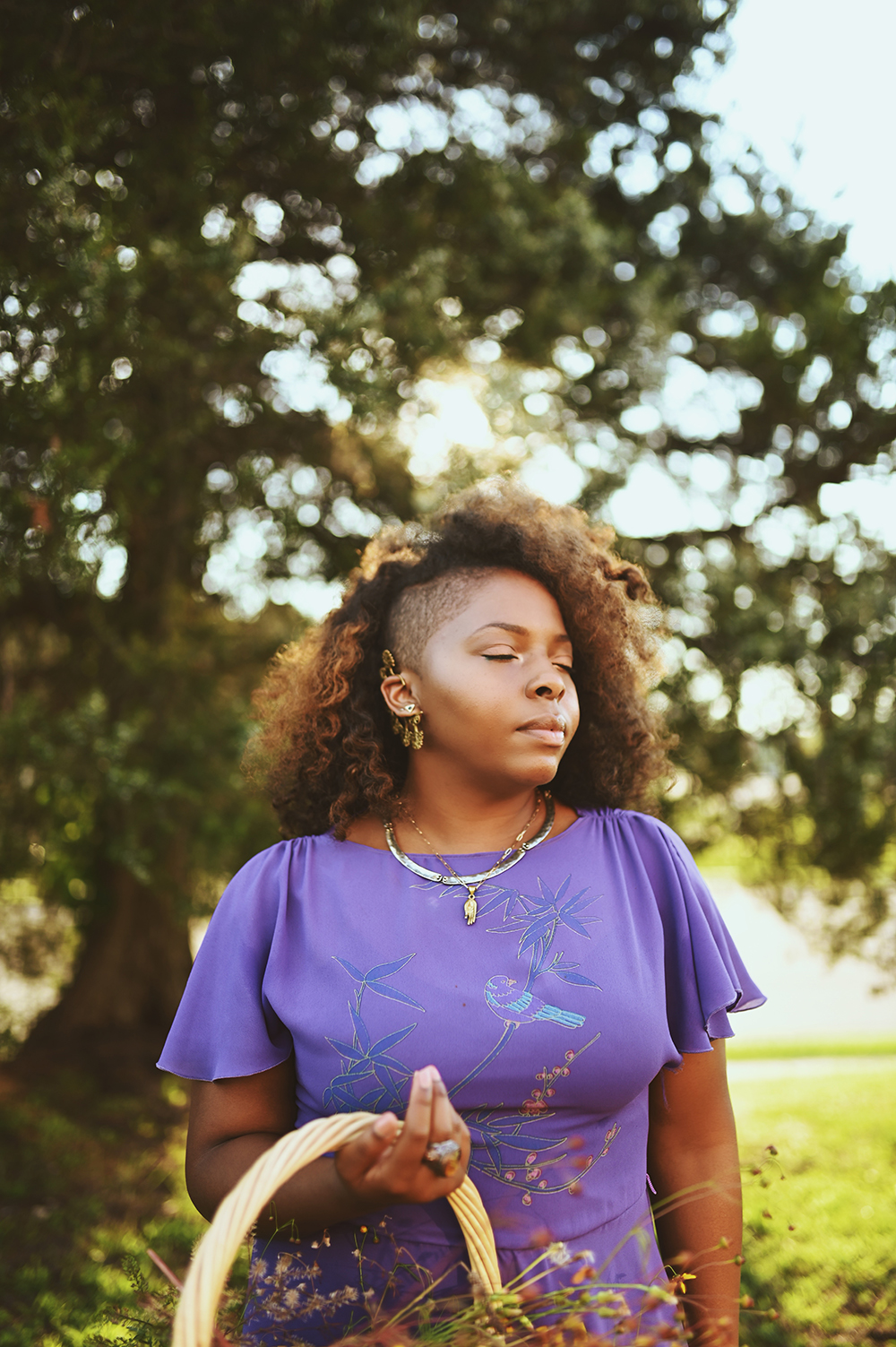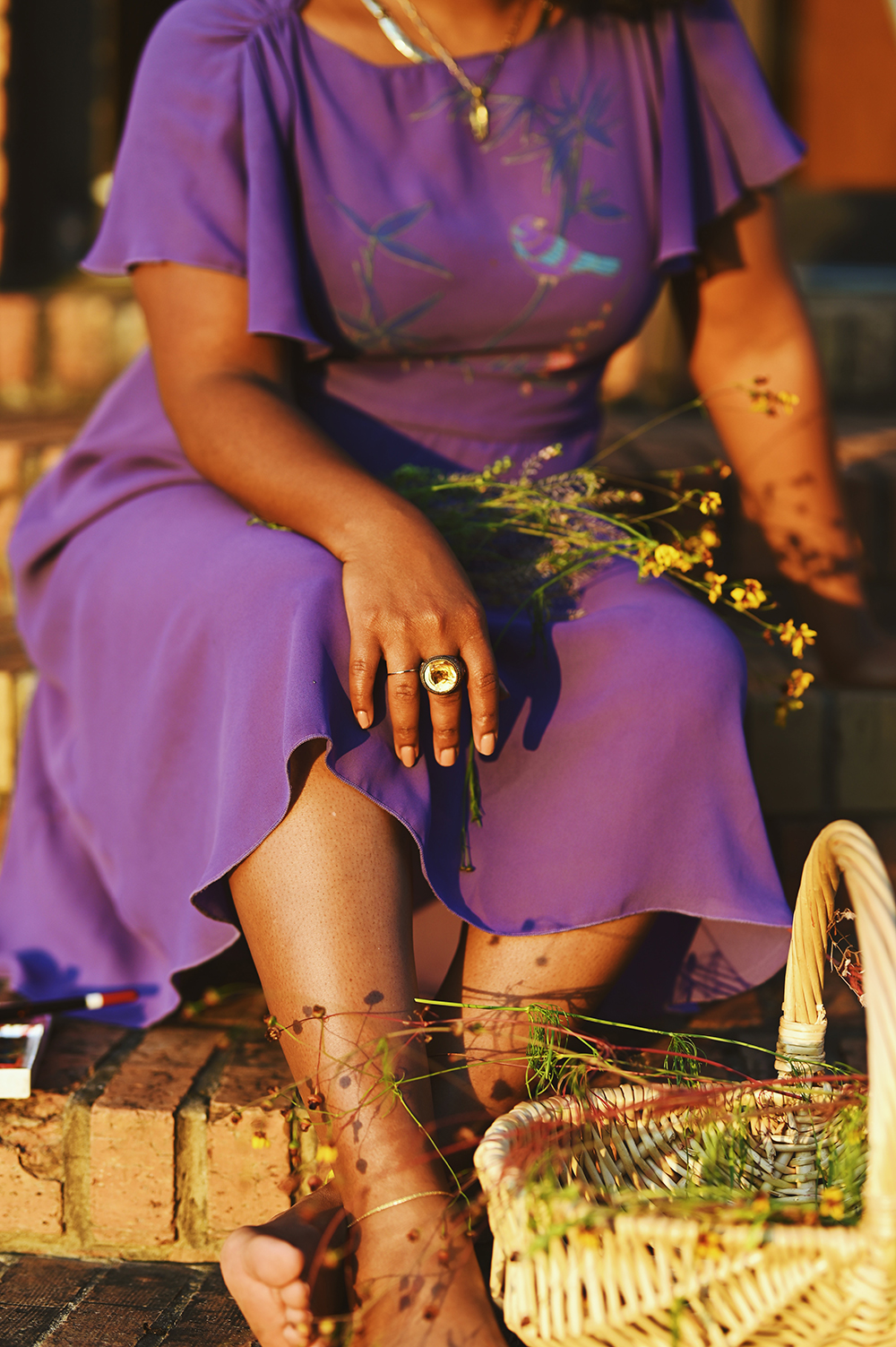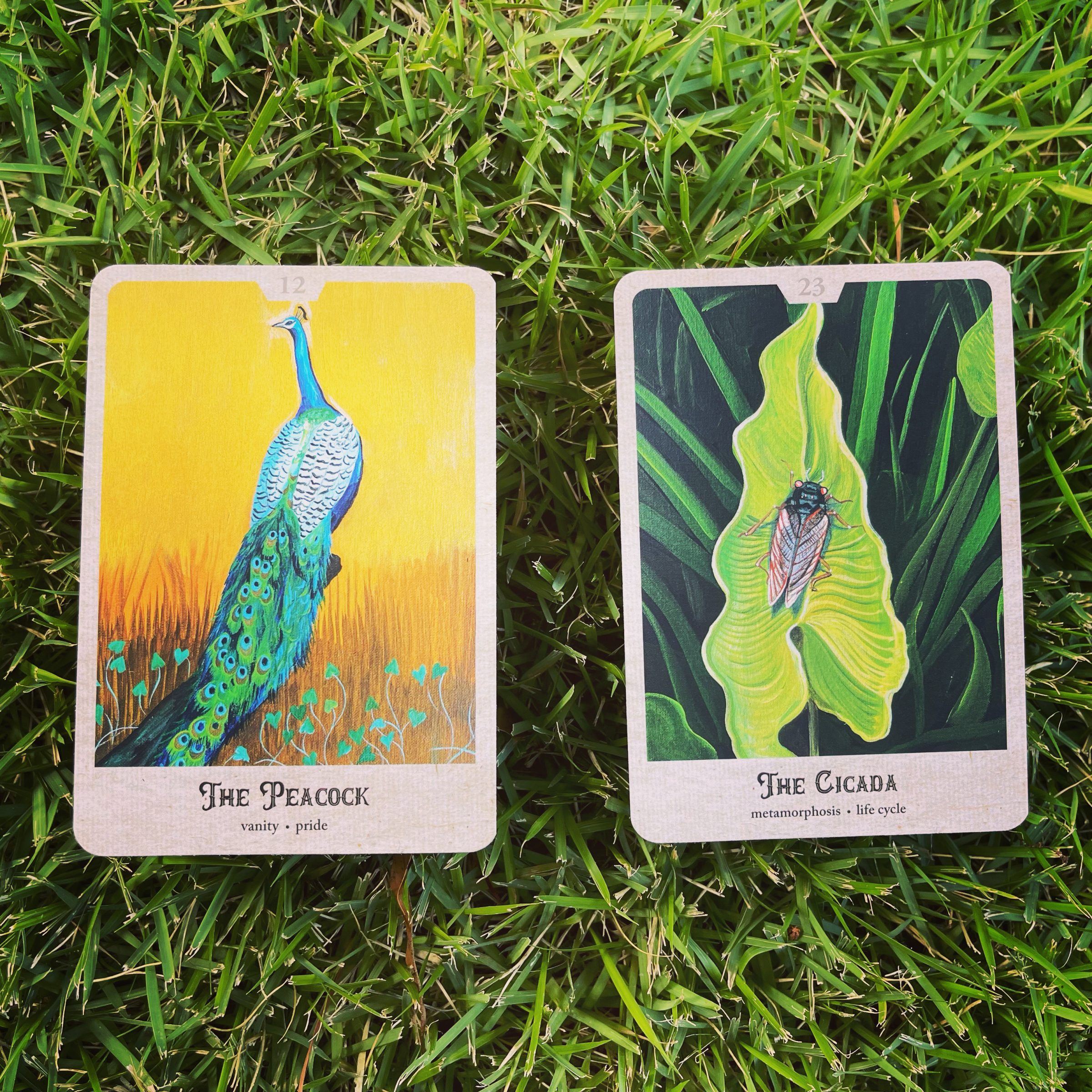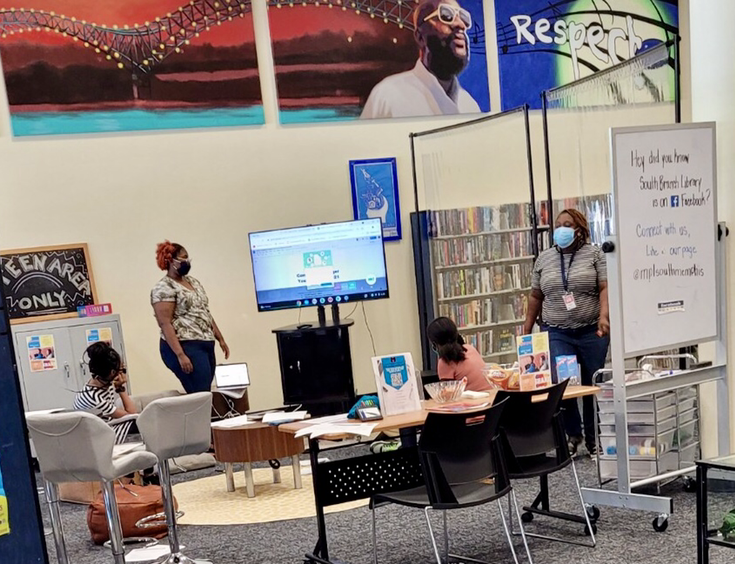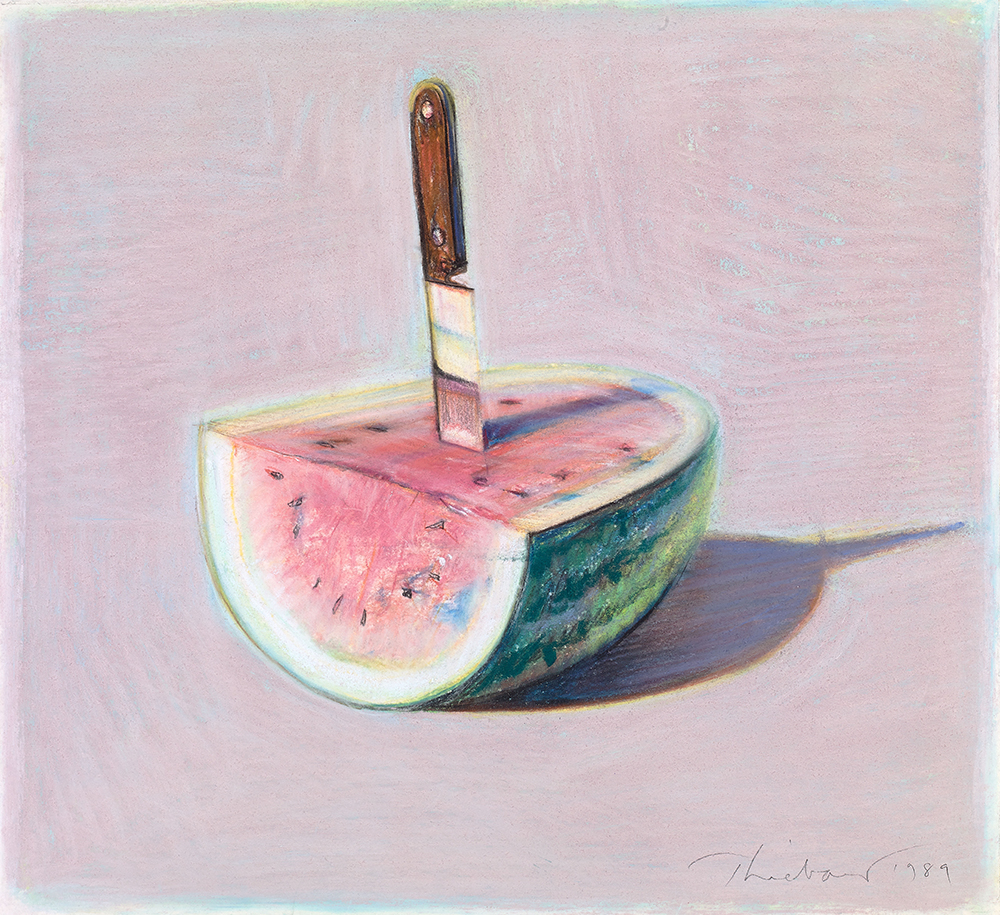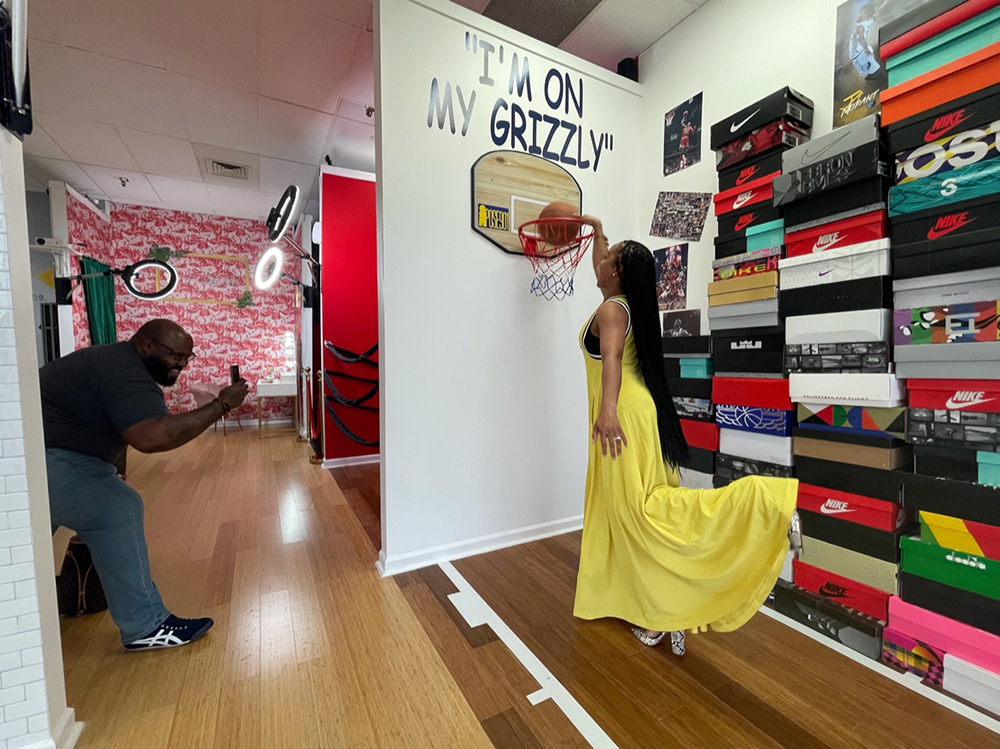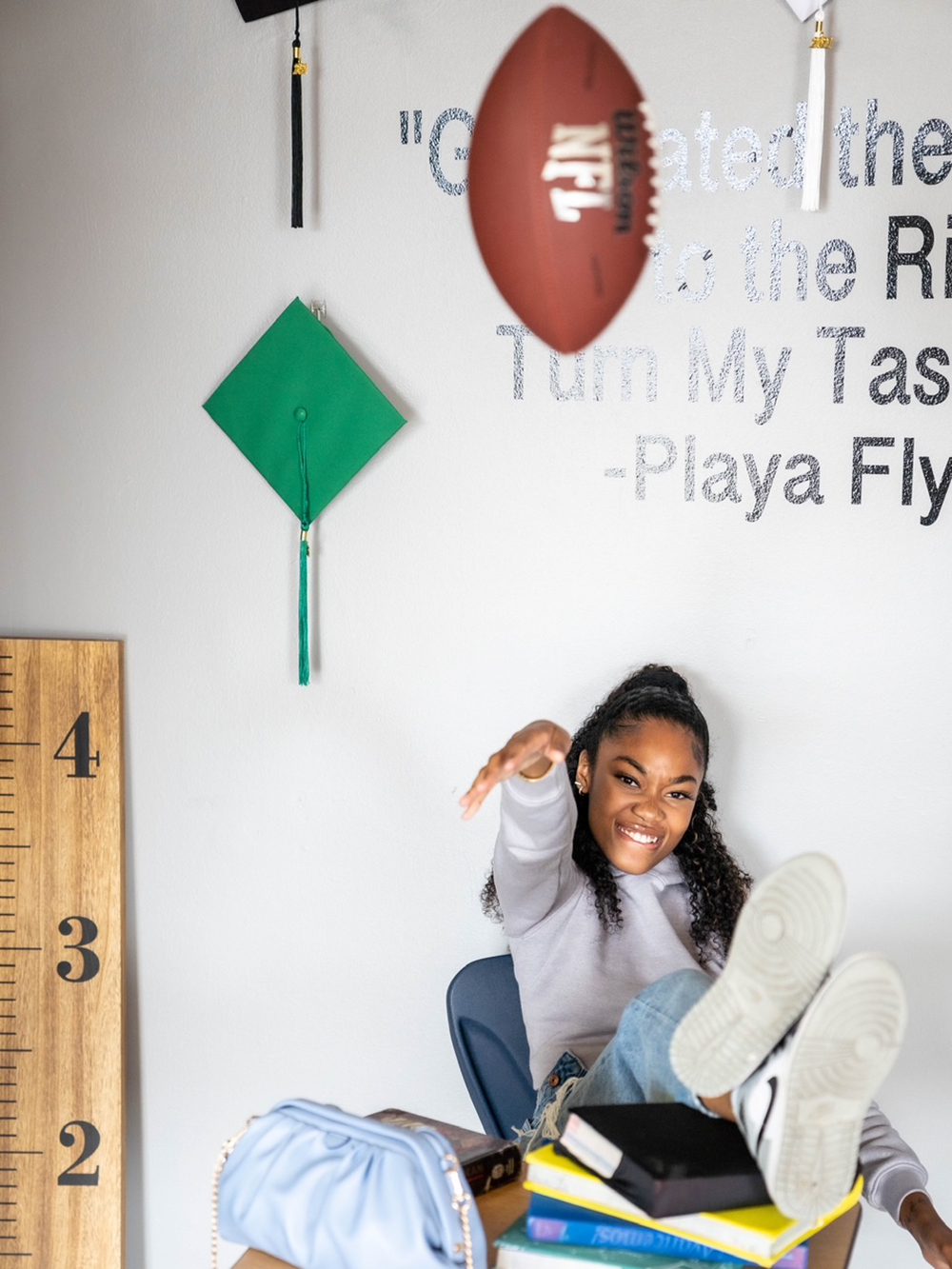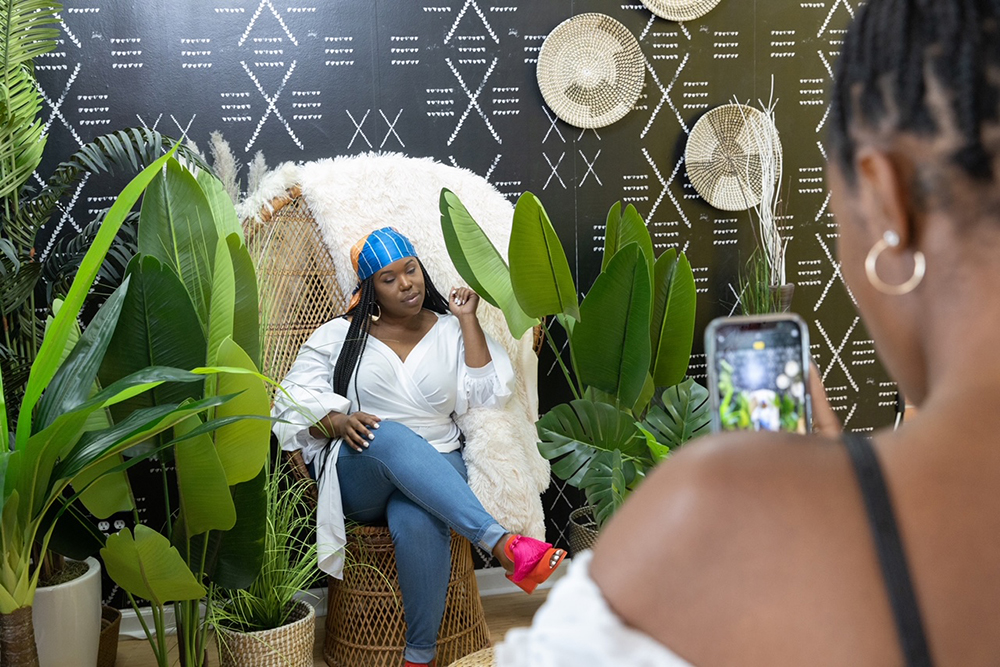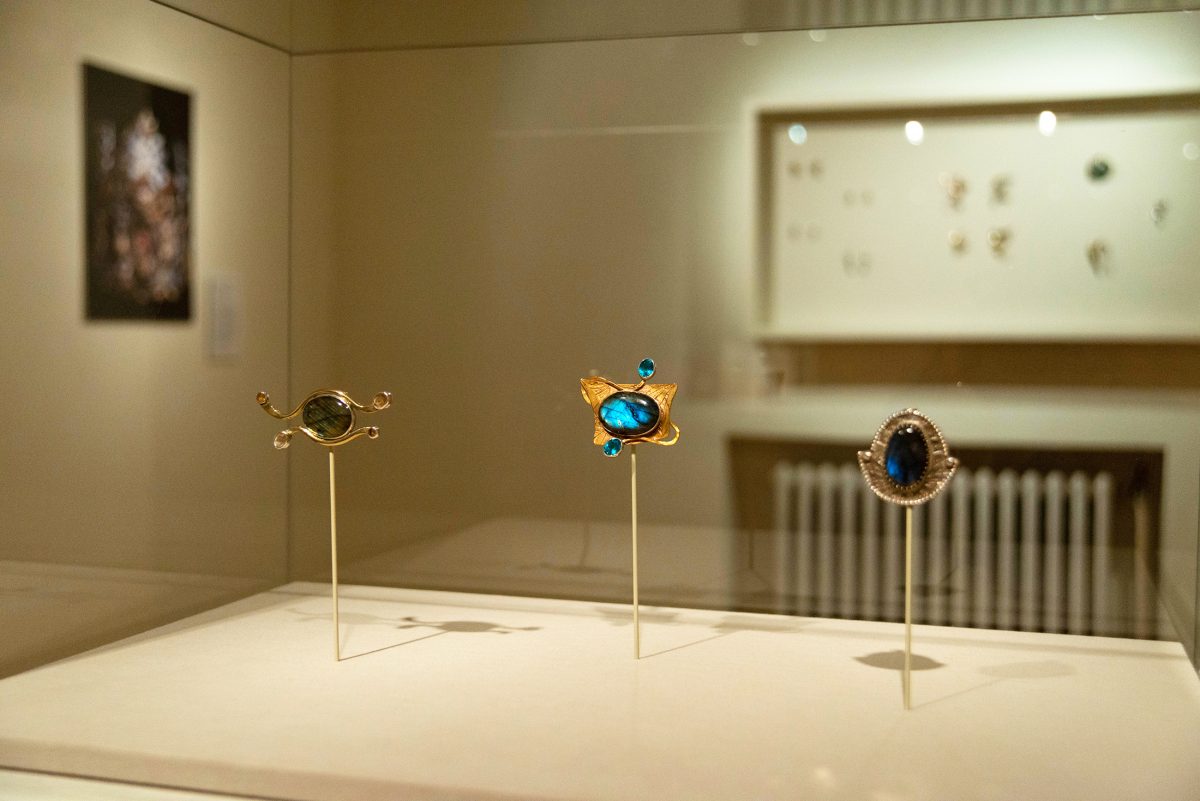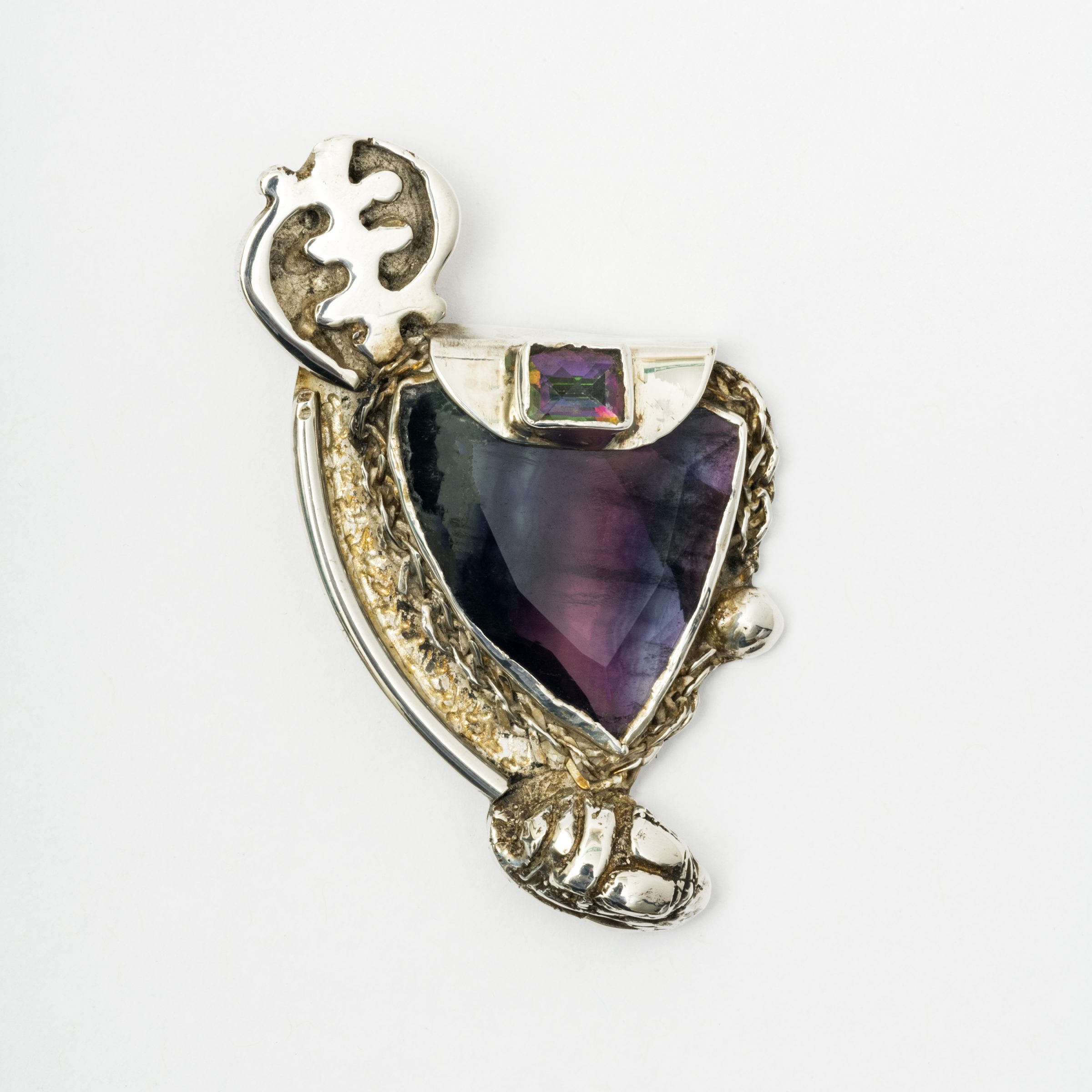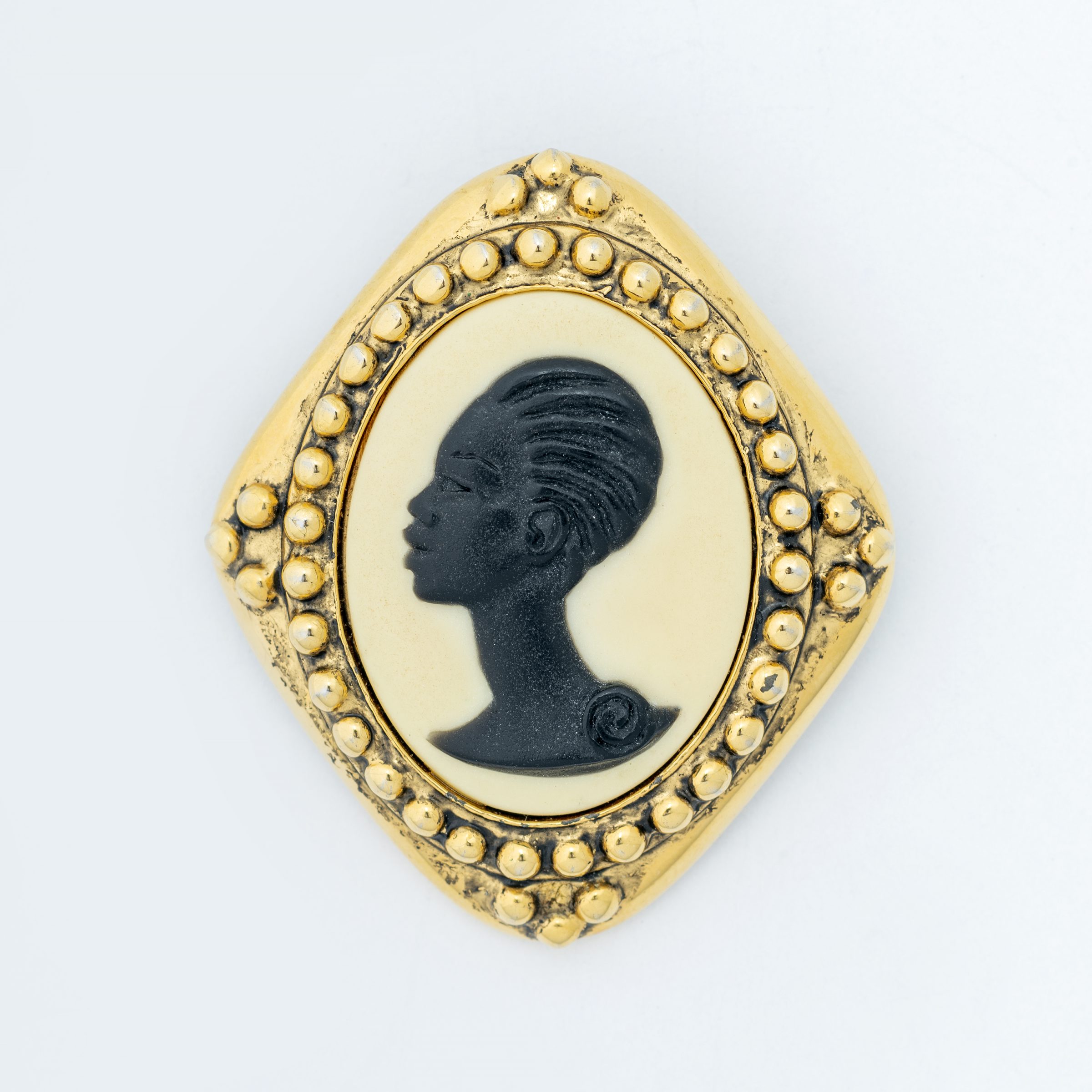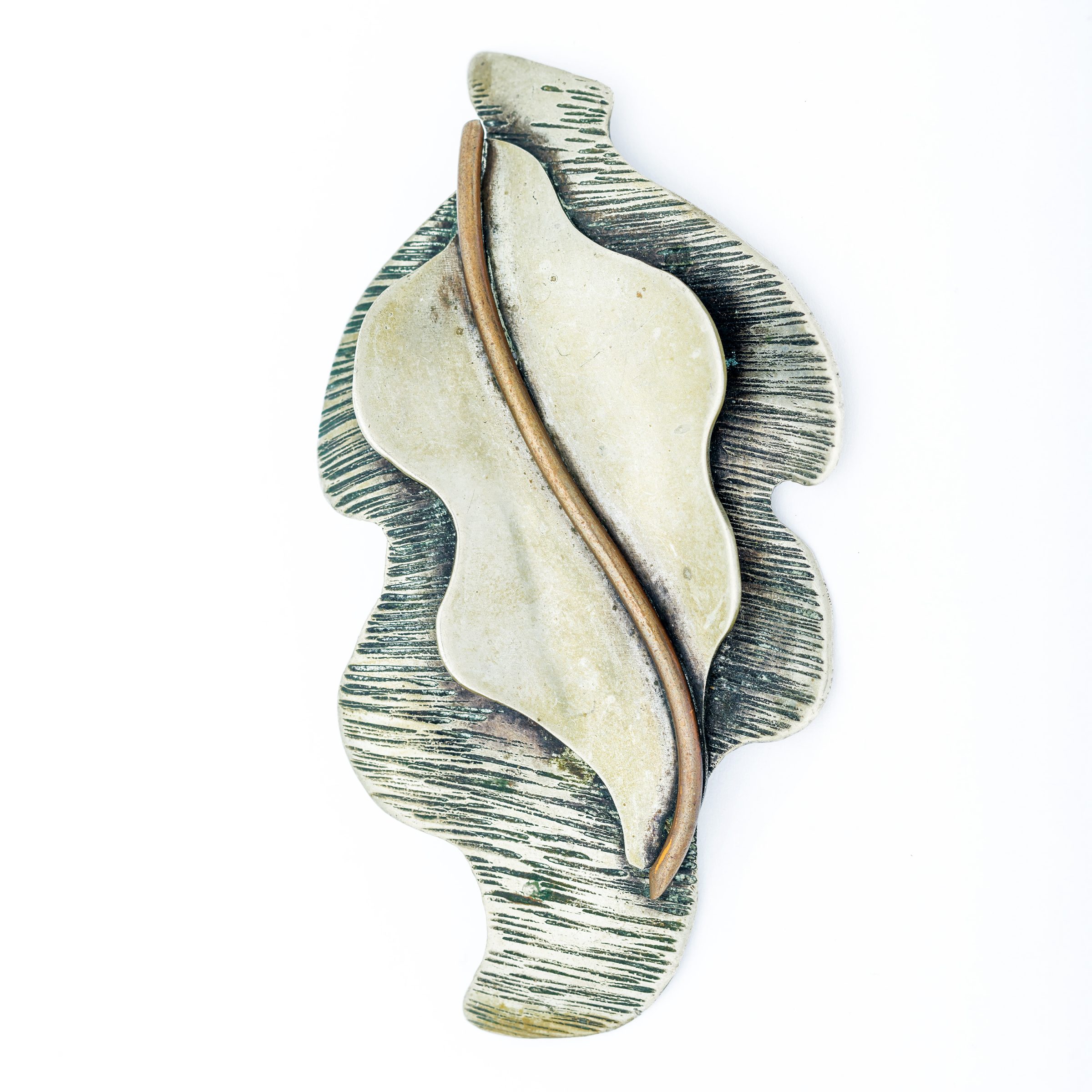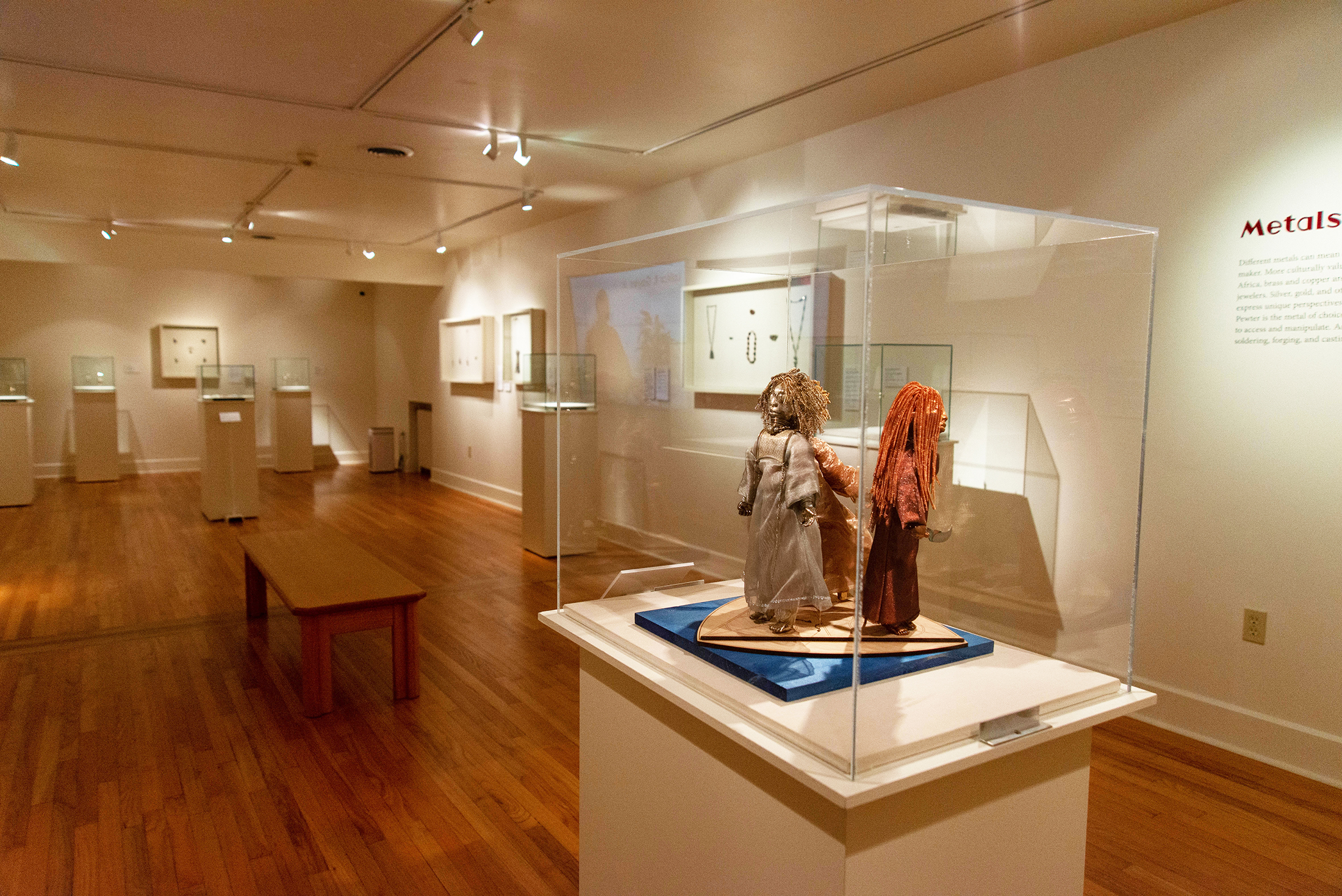Thanks to Terry Ryan and Brian Spiker, Memphis now has its very own cantina, straight out of the Star Wars universe. If you aren’t familiar with cantinas, Wookieepedia (yes, Wookieepedia) defines cantinas as a sort of pub where drunk and disorderly galactic patrons could socialize and, of course, engage in some illicit, criminal activity. But unlike the cantinas in the Star Wars universe, Ryan and Spiker’s cantina — the Lost Cantina Toy Store — is far from being a hotbed of seedy pursuits.
Inside, action figures, lightsabers, character helmets, Millennium Falcon replicas, and other Star Wars memorabilia adorn every shelf and wall, with no space left untouched — even the bathroom has Star Wars-themed wallpaper. Most of the items for sale are 25 years or older, and all of the items come from Ryan’s and Spiker’s personal collections. “We didn’t have to spend anything on inventory,” says Ryan.
“The bulk of what you see is my collection, starting from ’95,” Spiker adds. “I’d say this is about a third of it. My wife did not like it all in the house, and it found its way to several storage units that I was tired of paying rent on.”
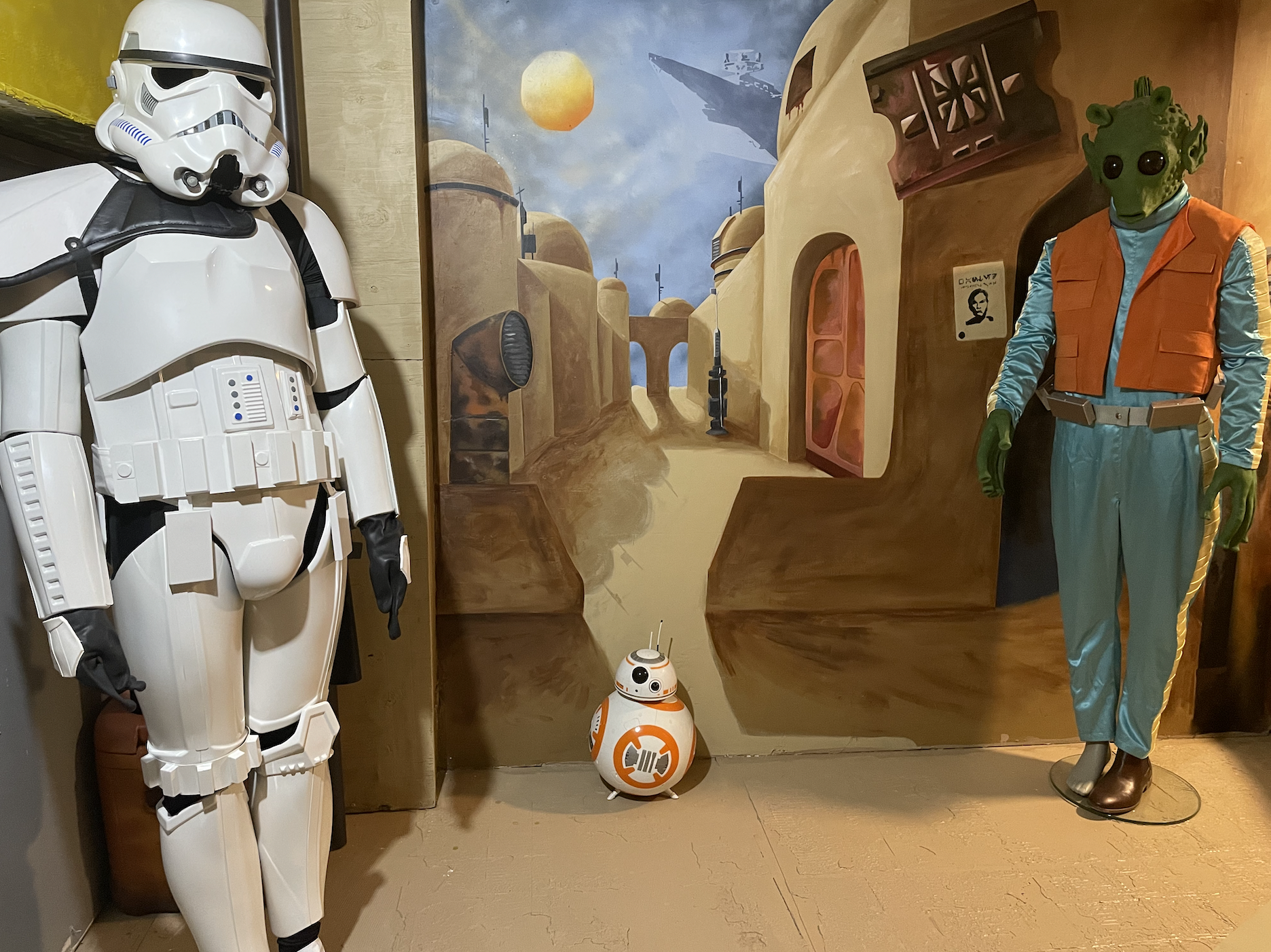
Spiker’s love of Star Wars began when he was around 8 years old, when the first movies came out. “As a child, there were always these toys I wanted, but my parents only bought me what they thought I needed,” he says. “But when I had a job of my own and my own income, I just started collecting the stuff I always dreamed about collecting as a child. Then it just got out of control.
“I had a route that I could take down through Mississippi,” Spiker continues, “and I could hit 12 Walmarts in one day. I’d start at about 4 a.m. when they would start putting the toys out when I knew that new-release stuff was coming out. I would get done by about 8 at night.”
To toy collectors, Ryan explains, the fun is in finding the items. “Big collectors call it hunting — you got out hunting for the day,” he says. “It’s a chance to be a kid at heart, I guess. Reliving childhood — reliving that feeling you get when you see Star Wars stuff.”
After meeting through work, Ryan and Spiker realized that they shared the same passion in Star Wars and collecting — their friendship was natural. Years later, after attending a convention in Nashville together, Ryan proposed the idea of the toy store to Spiker, and eventually, Spiker, as he says, “gave in.”
“At least here, I can look at [my collection] as opposed to storing it in a storage unit and never seeing it,” Spiker says. “We’ve been enjoying talking to other collectors in town about their collections and having them come in to buy some of the stuff that we have. … It’s a hobby store for us; we’re hoping to make some money, but that’s not our primary objective.”
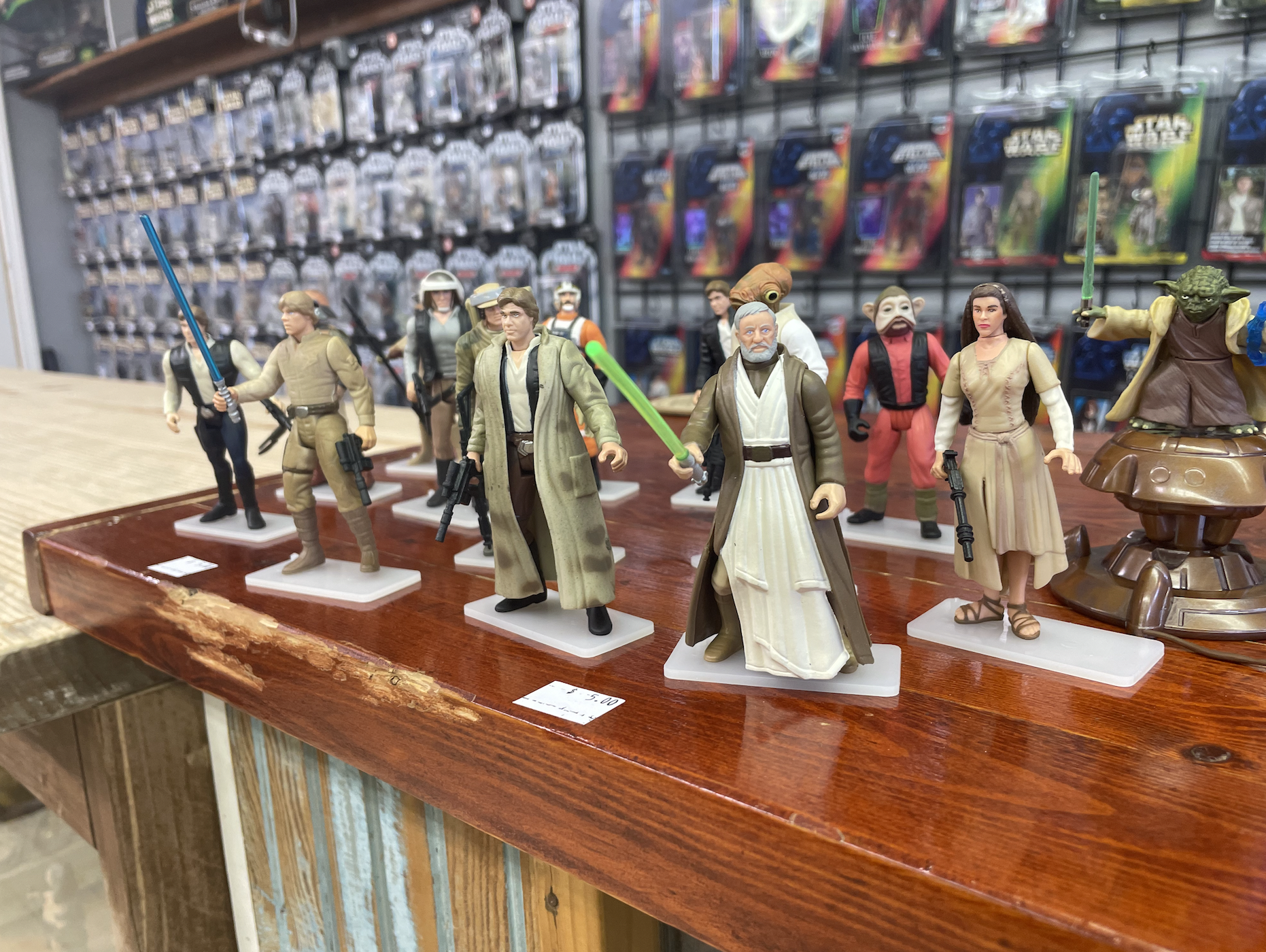
Items can cost anywhere from $4 to $2500, so there’s something for every budget and for Star Wars enthusiasts of any age, not just collectors. “These toys are meant to be played with,” Ryan says. “I had a kid bring in two tupperware canisters full of toys, and lay them all out on the table just to show me his collection. Guys like Brian and I, we’ll save them in a box.” But that doesn’t mean they expect everyone to do the same — especially kids.
Even Spiker, a self-proclaimed “avid do-not-open-it toy collector,” has been indulging in opening some of the boxes. “I’m like, oh wait, I’ve never opened that one before, so it’s been fun for me to finally open some of these toys that I’ve had for 25 years — that I forgot I even had.”
The co-owners agree that being able to enjoy and share their passion with other collectors and Star Wars fans has been the most rewarding part of opening their store. “It’s a way for me to kind of escape into a mindset of a kid when reality is bearing down on you,” Ryan says.
“I think that appreciating the original movies and understanding the difference between the dark side and the light side, the Force, the good and evil of it,” Spiker says, “I think it gives you some grounding in your morals and values, that good can win over evil, that there is hope. … We need more of that in the world.”
Open Saturdays and Sundays at 9 a.m.-5 p.m., the Lost Cantina Toy Store is located at 620 S. Bellevue, on the corner of Bellevue and Harbert, across from the Checkers.
